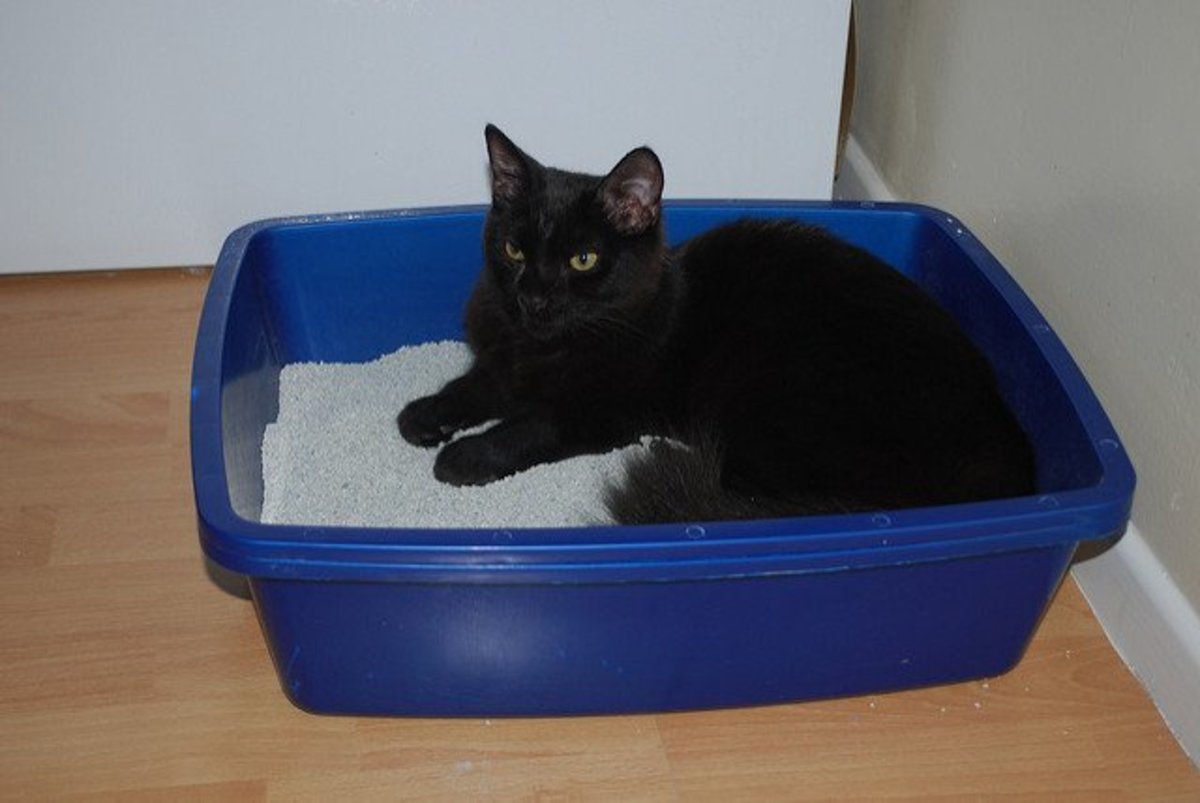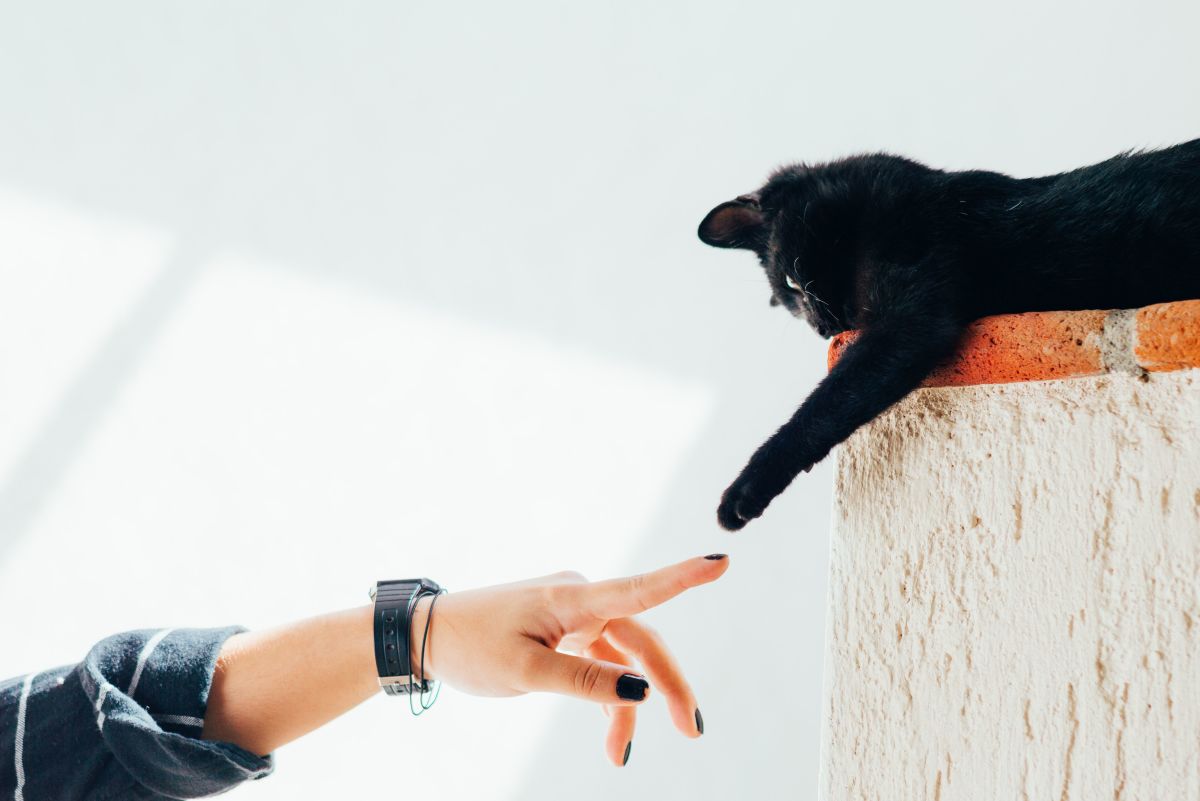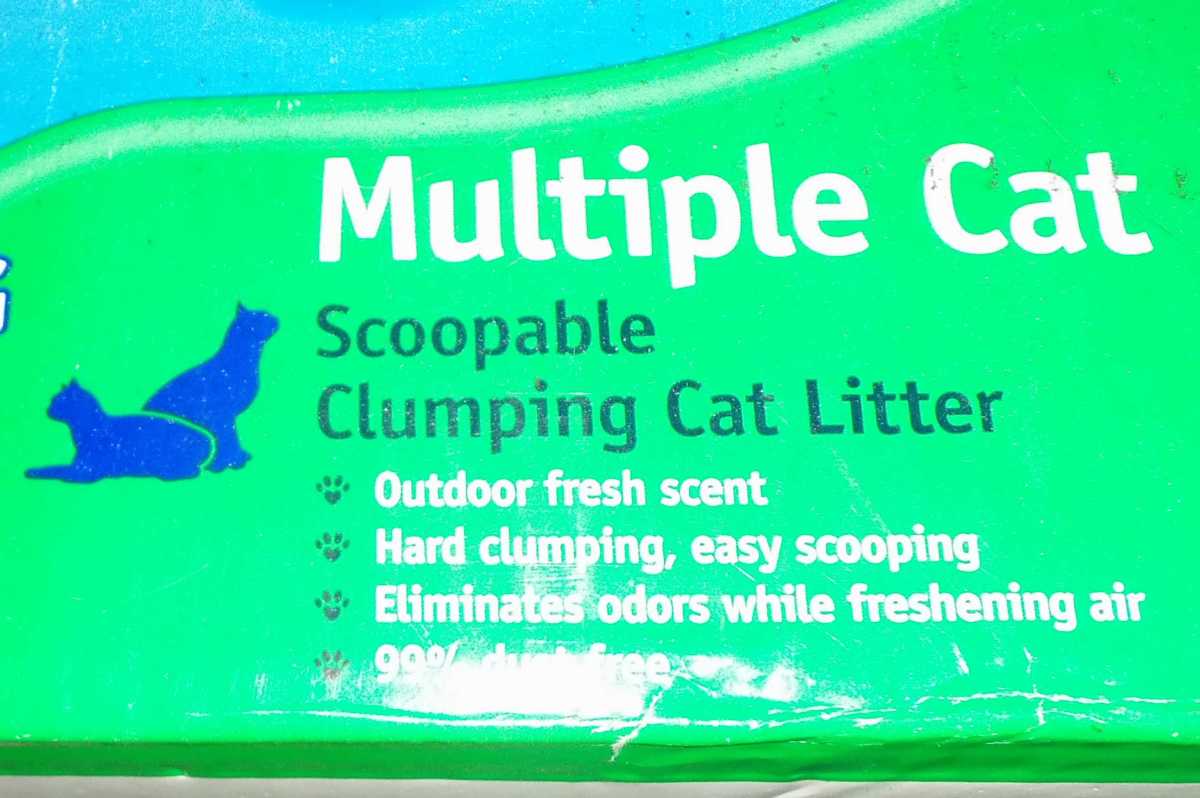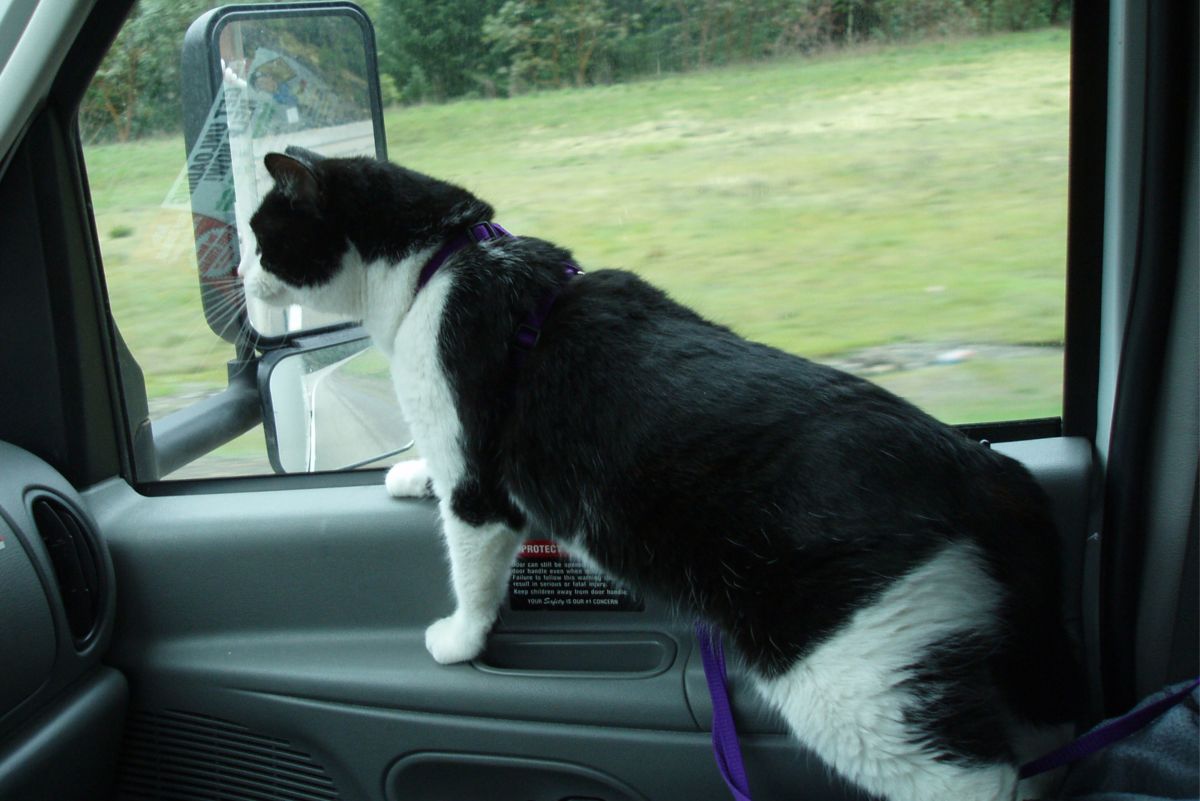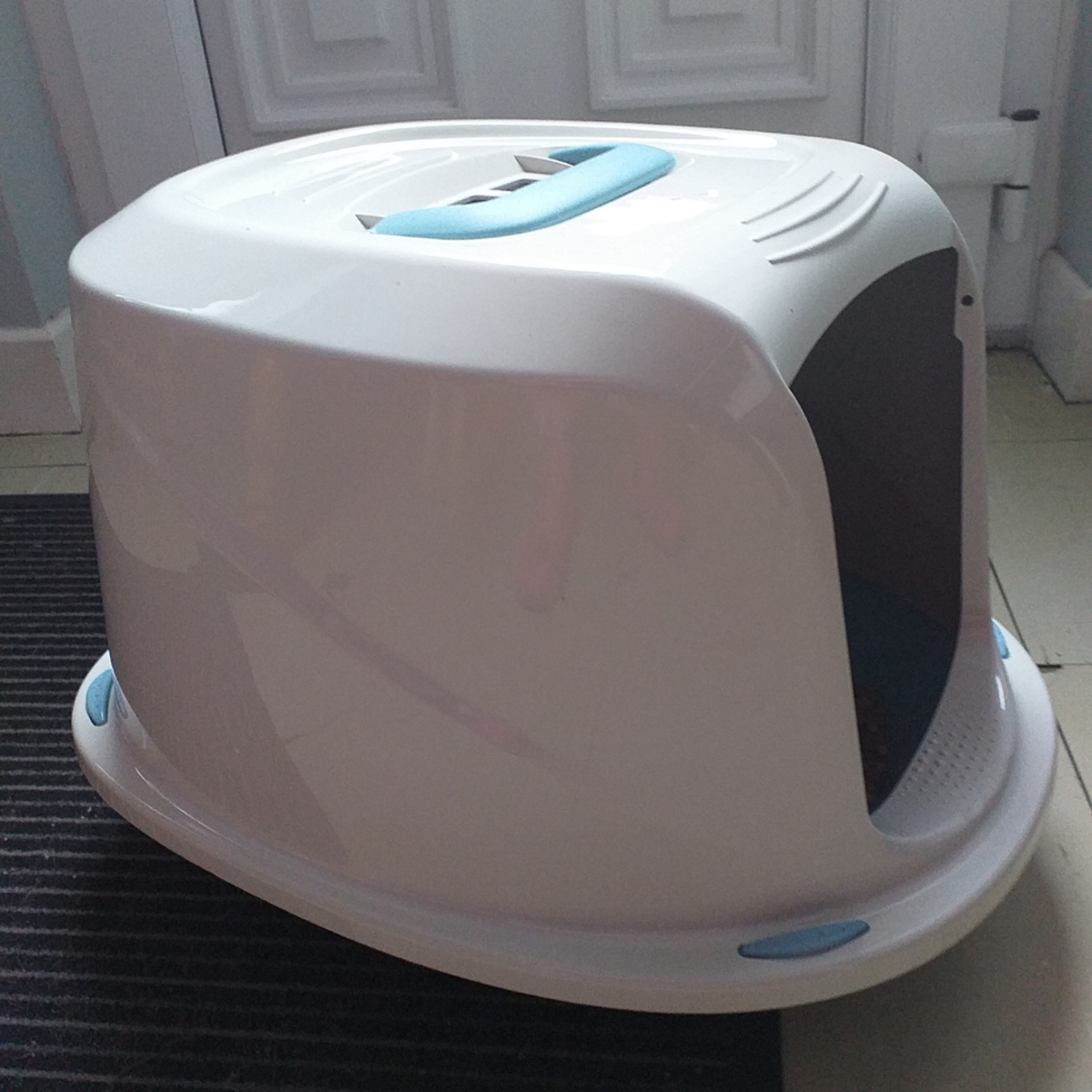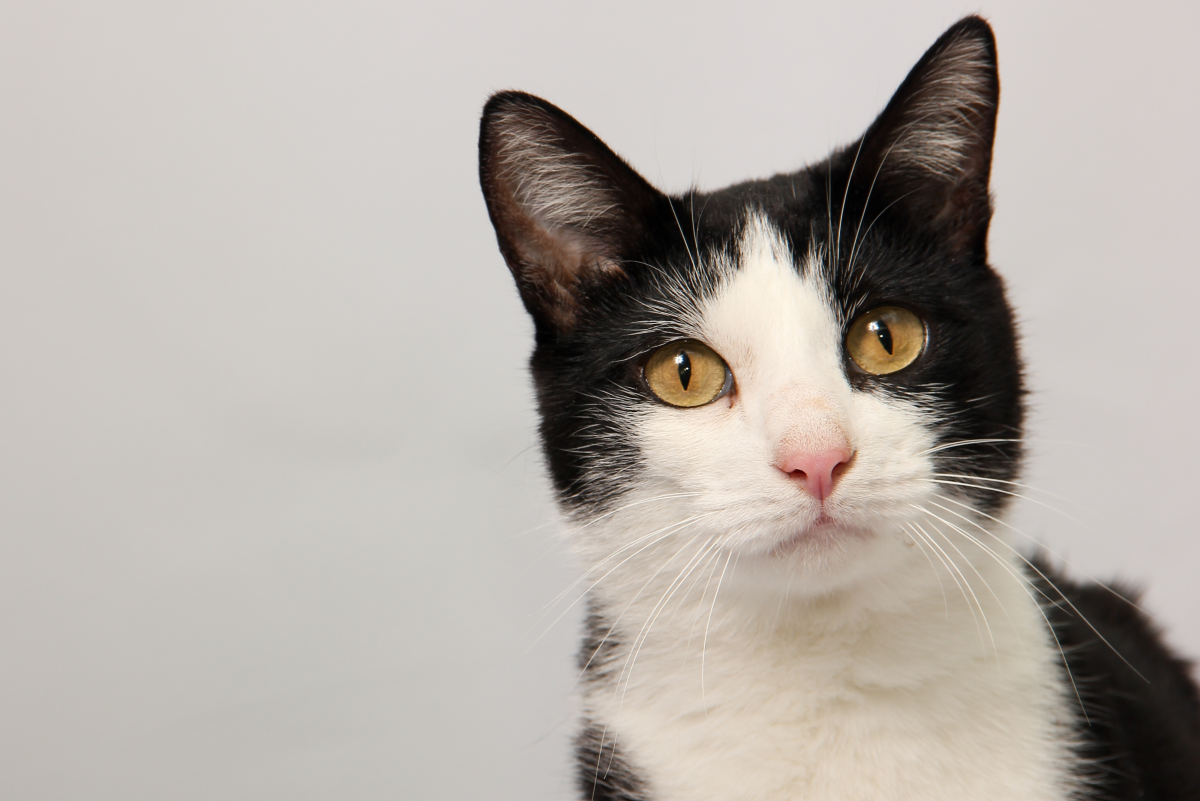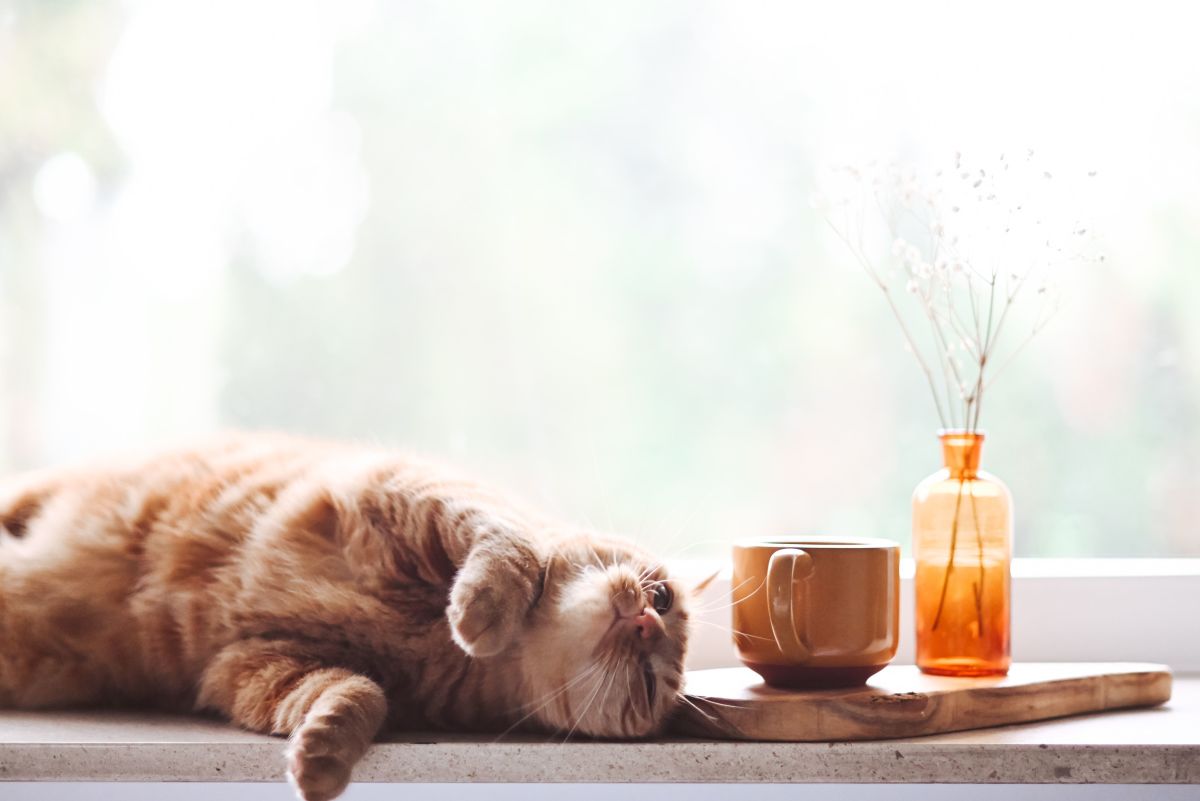Using Wood Pellets for Kitty Litter
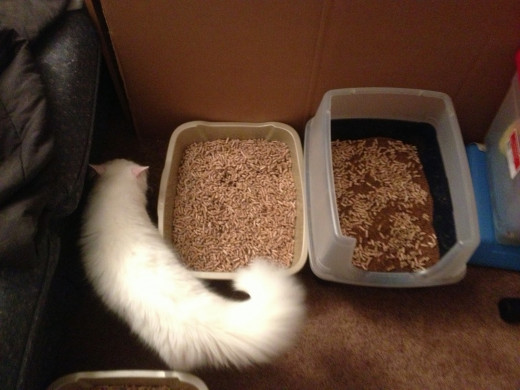
The pursuit of a suitable litter that would not break the bank was a time consuming and quite frustrating process.
A few brands of all-natural clumping litters were initially tried. Even with proper litter box maintenance there were unacceptable problems. There were smells, tracking (litter coming out of the box with the cat), and one litter actually developed some sort of white mold during a very humid three days. The synthetic or clay litters are not necessarily good for a cat’s health (silica dust can be present and it is insoluble if ingested), and with once a week changes the natural products were getting very expensive.
I had done some research about creative (and less expensive) litter solutions, and decided to try wood pellets. These are essentially made out of compressed sawdust, and used as a heating fuel. See Wikipedia for an overview of wood pellets. I was highly skeptical of using a non-clumping litter, and curious about how the cats would handle it. This was an excellent decision. There was no tracking and little to no smell (best when combined with baking soda, directions below). These pellets are inexpensive (generally about $5 for 40 pounds), safe and natural.
To properly use wood pellets as a cat litter, a large, deep litter box should be used.
- The first step would be to coat the bottom of the litter box with a thin layer of baking soda. This step efficiently and effectively cuts down on the usual litter box smells.
- Then, fill the box halfway with the wood pellets (careful, the pellets usually come in 40 pound bags).
- Set up the litter box(es) in an easily accessible and safe place
Transition Plan: Some Cats Are More Fickle
If your cat does not initially take to the wood pellet litter, start by mixing the wood pellets in to the old litter one step at a time. For the first few days, use a mix of about ¼ wood pellets and ¾ the litter the cat is used to. After a few days, replace this mixture with ½ pellets and ½ the old litter brand. Increase the ratio of pellets to old litter brand until only wood pellets remain.
Proper Maintenance
This is a non-clumping litter, but it still must have twice daily maintenance. All non-litter contents of the box should be removed and disposed of in a sanitary fashion. The cat’s urine turns the wood pellets to sawdust and is absorbed; this sawdust filters to the bottom of the box. Obvious wet sawdust should be removed as best as possible. At the end of the week, the box should be completely emptied of all contents. Once empty, give the inside a quick wipe-down with white vinegar and then dry. The box is then ready again for a new fill of fresh wood pellets.
This Wood Pellet Litter Is Approved by A Fluffy White Cat
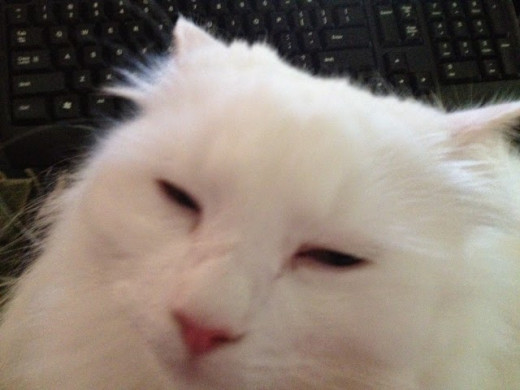
© 2014 TheSnowCats

